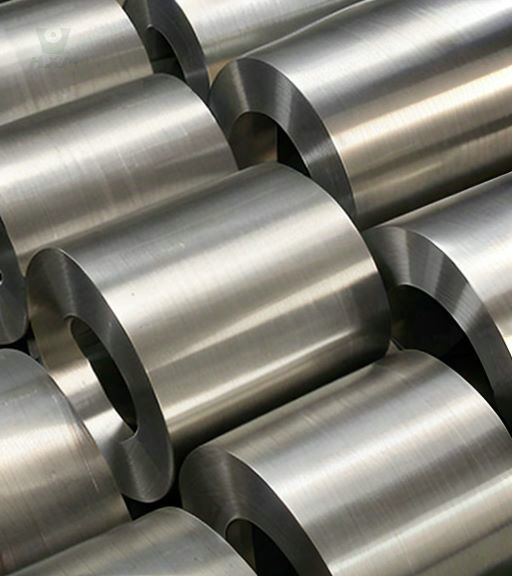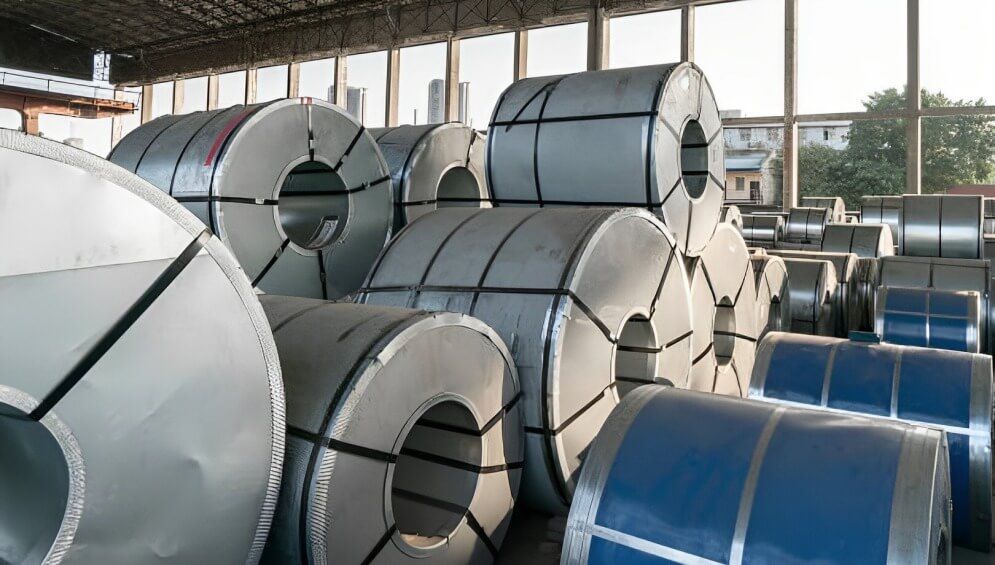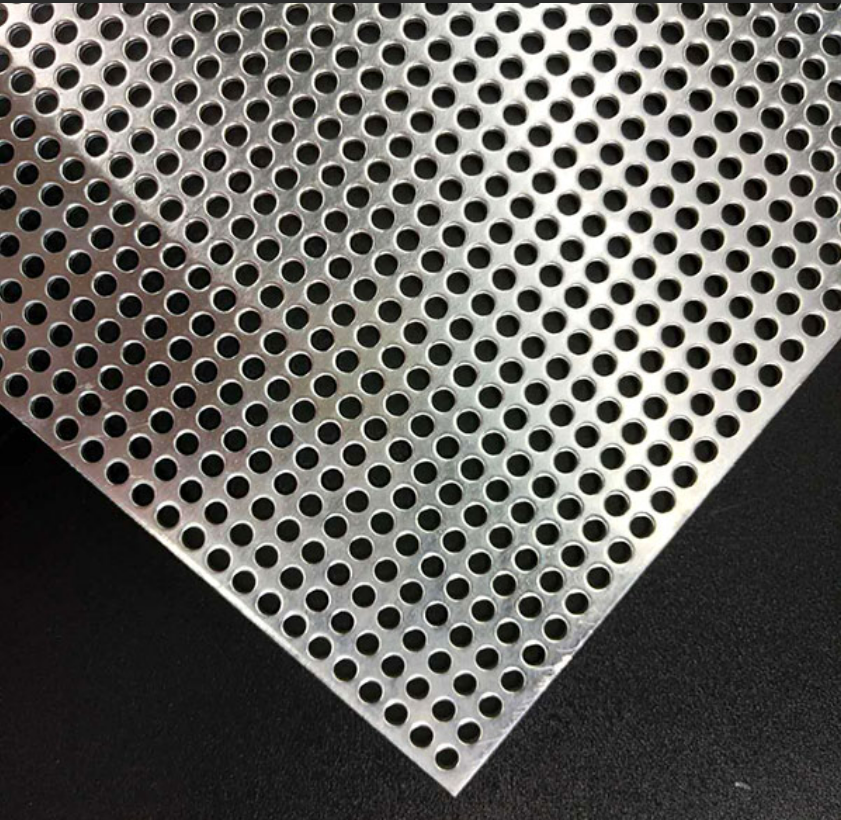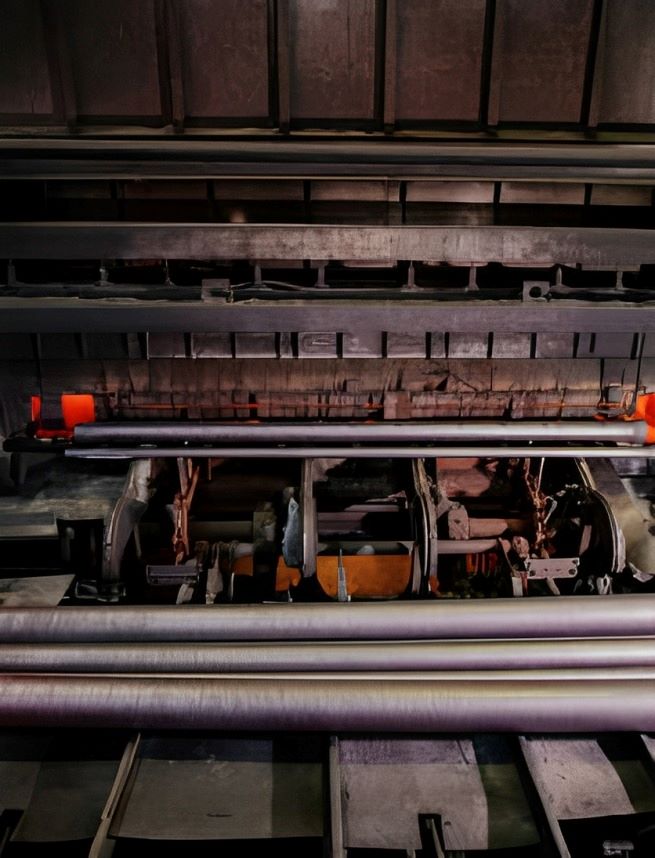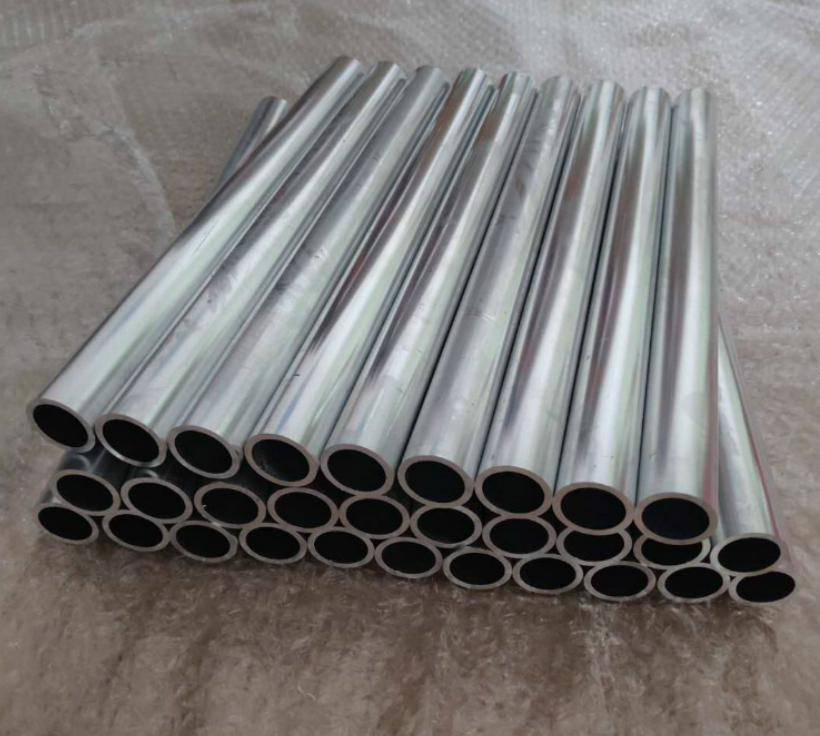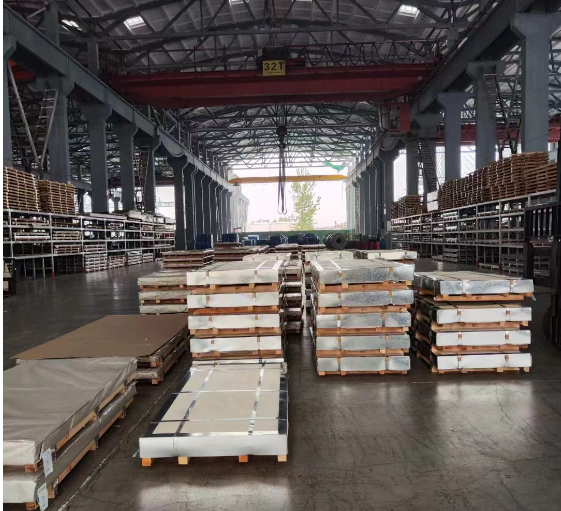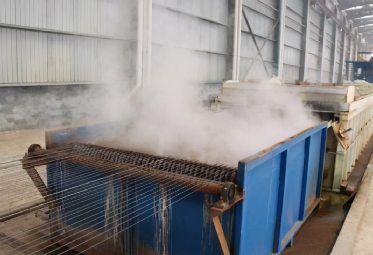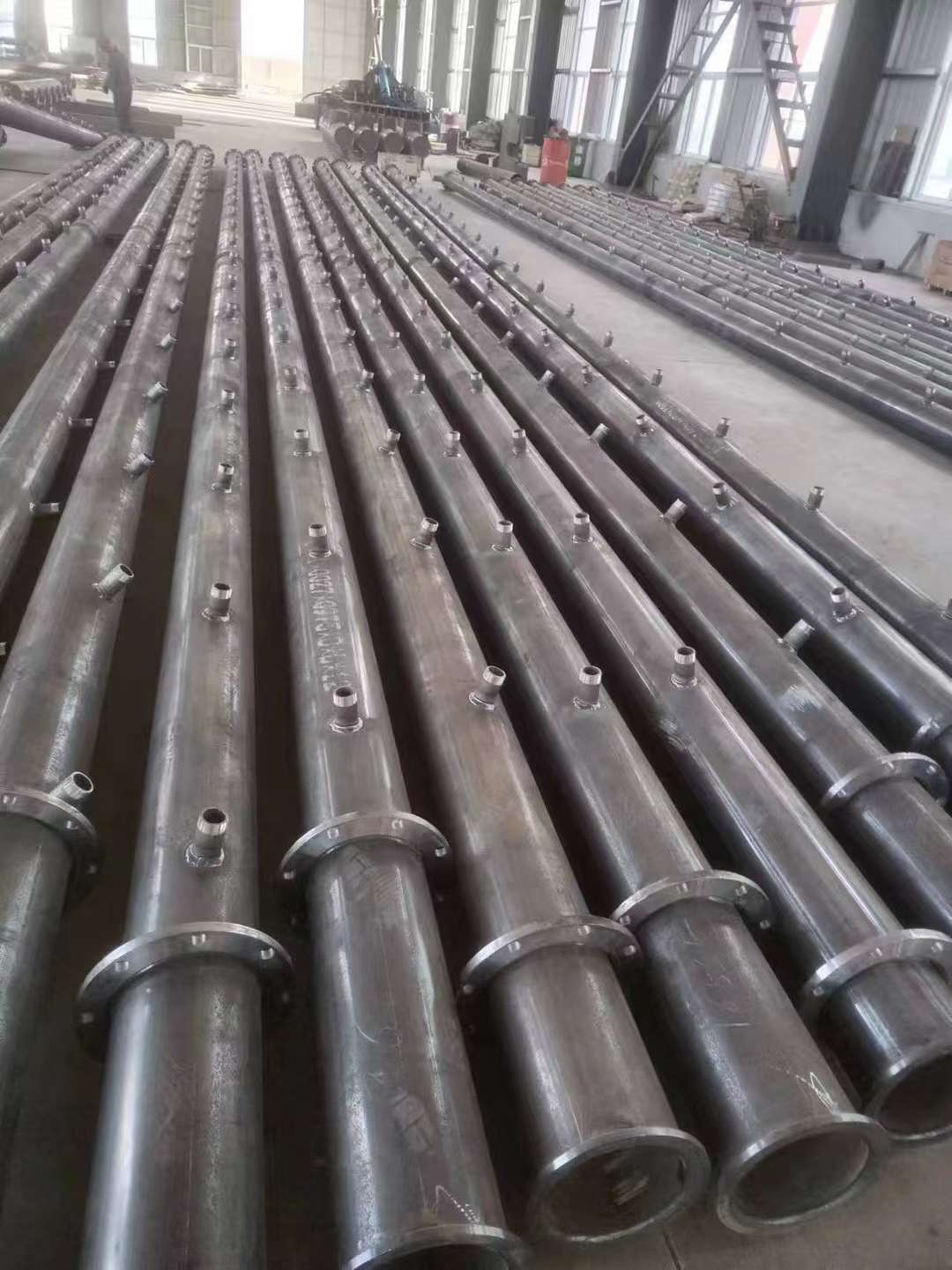how to remove hard water stains from stainless steel?
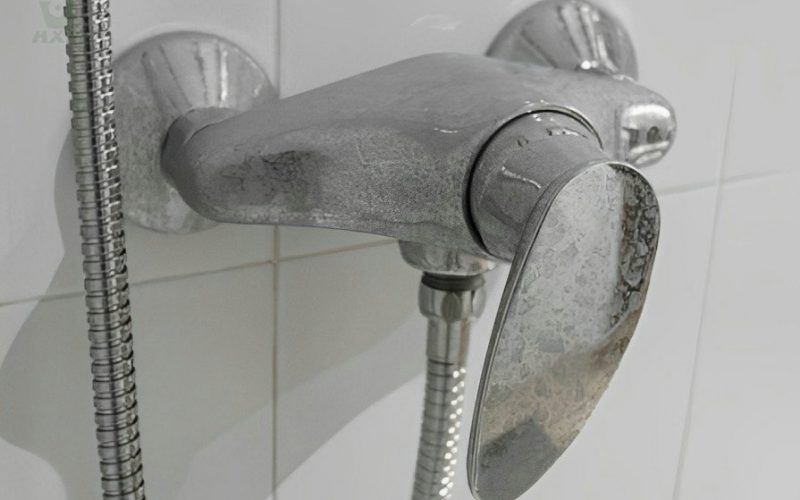
-Huaxiao Stainless Steel Suppliers
Stainless steel is ideal for modern homes and commercial premises due to its unique metallic luster and robustness. However, if stainless steel is exposed to water or humidity for a long time, its surface is prone to forming water stains that are difficult to remove. These water stains not only affect the aesthetics of stainless steel but may also have an impact on its corrosion resistance. In this article, we will introduce several practical methods to help you effectively remove water stains on stainless steel and make your stainless steel products look new.
The reason why stainless steel water stains are generated
- Kitchen renovation, welding chips, cement, oil and other residues on the surface of the sink, not timely cleaning may cause rust, mold
- Many regions have poor water quality, plus most of the water pipe is galvanized pipe, high content of iron and other elements in the water, after the use of the sink, if the residual water stains, over time, the iron in the water will rust, especially in the new house renovation, such as water pipes in the water pipe for a long time in the sink to leave water stains are not cleaned in time, it is very easy to cause "floating embroidery" .
- Sometimes, the newly renovated house with mineral or acid, alkaline dust floating down the surface of the sink meets the humidity will also cause "floating embroidery" appear.
- Kitchen knives, scissors, corkscrews and other steel items placed on the surface of the sink for a long time, will cause "floating embroidery", mold or discoloration.
- Chemicals, cleaning agents, paints, sauces, oils and other residues in the sink, a long time, will cause mold sticking to the surface of the sink.
Why Do You Need to Remove Hard Water Stains?
1. Prevent Surface Damage
Hard water stains are not just a cosmetic issue; they can lead to permanent damage if ignored. Over time, the minerals in the water can etch and weaken surfaces such as glass, tile, and metal. This can cause surfaces to become cloudy, scratched, or even corroded.
2. Maintain Aesthetic Appeal
Hard water stains leave white or cloudy marks on surfaces, which can detract from the appearance of your kitchen, bathroom, and appliances. Regular removal keeps surfaces clean, shiny, and visually appealing.
3. Preserve Appliance Efficiency
Hard water stains can build up inside appliances such as dishwashers, washing machines, and kettles, causing limescale buildup. This buildup reduces the efficiency of appliances, leading to higher energy usage and more frequent repairs.
4. Enhance Hygiene
Stains from hard water can create a rough surface that is more likely to harbor bacteria, soap scum, and mold. Regularly cleaning and removing these stains help maintain a cleaner, more hygienic environment.
5. Prolong the Life of Fixtures
Over time, hard water deposits can corrode plumbing fixtures, faucets, and showerheads, leading to clogs, reduced water pressure, and the need for replacements. Regularly removing hard water stains ensures the longevity of these fixtures.
6. Avoid Expensive Repairs
If left untreated, hard water stains can cause more severe damage, necessitating costly repairs or replacements of surfaces, fixtures, and appliances. Preventing stains early saves money in the long run.
Methods for removing hard water stains from stainless steel
There are several effective methods for removing hard water stains from stainless steel surfaces.
vinegar and water
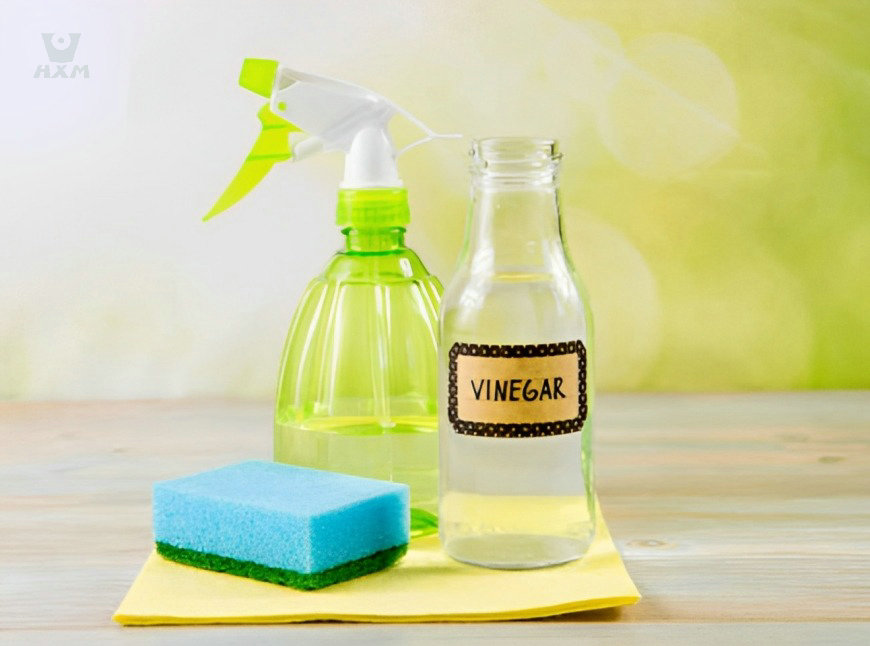
Ingredients:
- White vinegar (lemon juice)
- Baking soda
PS: Vinegar and lemon juice are both acidic liquids, or you can use lemon juice instead of vinegar.
- First, you will want to clean and rinse your sink.
- Pour some white distilled vinegar into a spray bottle. Spray the vinegar over the entire sink and let it sit for about five minutes so it can work its magic and remove those hard water stains.
- Next, sprinkle some baking soda over the sink, which may lather up a bit.
- Start scrubbing with a cloth or soft sponge to remove the spots.
NOTE: If you have some stubborn water stains on the handles or anywhere else, dip a damp cloth in the vinegar and wrap it around the handles, pour some more vinegar on top, and let it sit for 15-20 minutes. This will help break down the water stains. You can repeat this step until all residue has been removed.
corn cobs
Cut off a piece of potato skin, with the meat side of the shower back and forth on the wipe 10 seconds, if the water stains are more stubborn and then leave it for half a minute, so that the potato juice to fully dissolve the water stains. Then, wipe it with a wet rag, the original shower full of limescale instantly became much brighter.
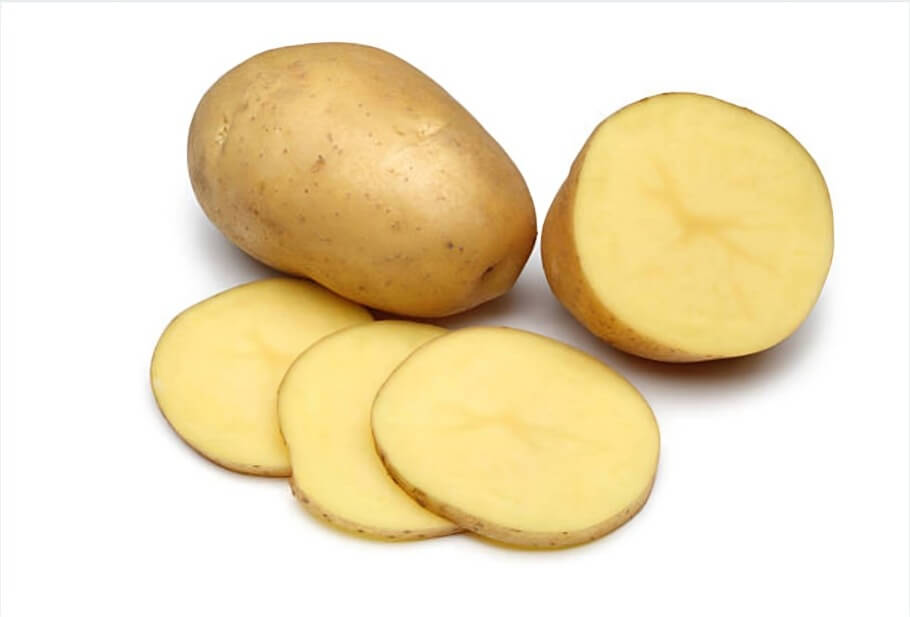
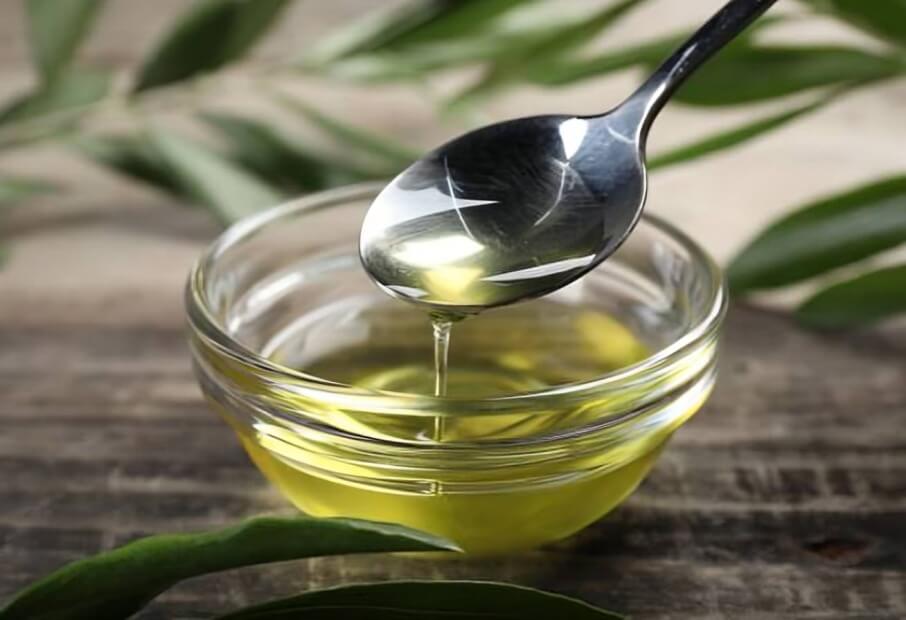
Olive oil
Ingredients:
- Olive oil
- Soft tissue paper
- Microfiber cloth
Directions for use:
- Fold the paper towel in 1/2 and apply about a fifth of a quart-sized amount of olive oil, then crumple the paper towel into a ball so that the olive oil completely saturates the paper towel.
- Starting at the top of the utensil, scrub the stainless steel utensil from top to bottom, side to side.
- Use a new paper towel to wipe away the oil from the scrubbing.
- Then continue wiping with a microfiber cloth, wiping the utensil completely clean.
How to prevent future hard water stains on stainless steel?
- Renovation of the kitchen, the sink is the last to be installed, before the installation of the water pipe in the long-term residual water drain, after installation, the sink will be thoroughly rinsed;
- After each use of the sink to clean the sink, leaving no spoils and water stains;
- Do not put kitchen knives, bottle openers and other long time left in the sink, especially do not use steel wool to scrub the sink;
- In case of “floating embroidery”, “mold”, available toothpaste on the rust, spots, scrub with a scrubbing cloth to clean.
Related Article:
How To Clean Stainless Steel?
conclusion
Hopefully, by the end of this article, you have mastered the three easy-to-follow methods of removing water stains from stainless steel. The materials used in these methods are common in everyday life and are very easy to operate. If you are interested in any of the methods presented in this article, you may want to try them yourself. Remember, the key to keeping stainless steel shiny and prolonging its life is routine care and maintenance. While enjoying the beauty and convenience brought by stainless steel, let’s also pay attention to its maintenance so that its value can be reflected for a longer time.
If you are a manufacturer of stainless steel kitchenware and cutlery and are looking for a trustworthy supplier of stainless steel raw materials, why not contact Huaxiao Stainless Steel, which is able to fulfill customers’ needs for different grades, sizes, and surfaces, and offers stainless steel products in a variety of shapes and sizes, including plates, coils, tubes, strips, bars, wires, and other special metal. If you are interested, let’s chat!
We will answer your email in 24 hours!
Table of Contents
Huaxiao Stainless Steel is Here to Help
Contact us today to learn more about our Stainless Steel Products selection. You can also request a quote to start your order.
Maybe You Reads


